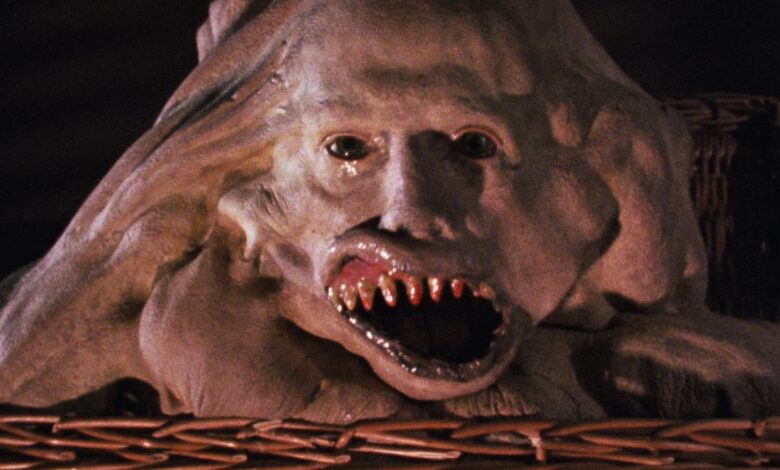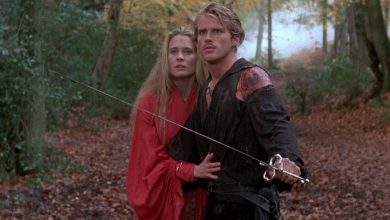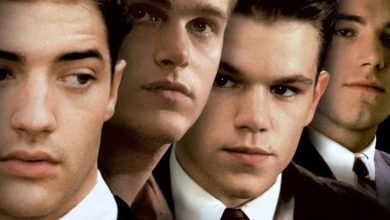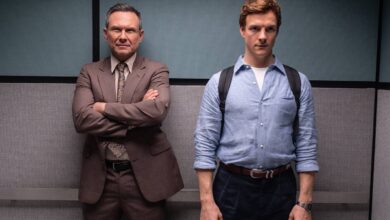Basket Case: The $35,000 Cult Classic Horror Film

Explore the fascinating story behind ‘Basket Case’, a horror film made on a mere $35,000 that became a beloved cult classic. This article delves into its unique production, storyline, and lasting impact on the horror genre.
On a Budget of Just $35,000, This Gory Horror Movie Became One of the Wackiest Cult Classics
One of the ongoing conversations surrounding horror these days often comes down to how inexpensively these movies can be made vs. their potential for making money in theaters. Blumhouse has based its entire model around making movies for $3 to $5 million that are able to make back that money in a single opening weekend. Jason Blum began that model with the Paranormal Activity movies, the first of which cost just $450,000. The idea of making a movie for just $35,000 might seem like a stretch in this day and age, but back in 1982, filmmaker Frank Henenlotter did just that with his body-horror film, Basket Case. Shot entirely on 16mm, Basket Case took a very different approach to the slasher films of that era, taking more cues from David Cronenberg’s body horror movies, which continue to be influential to this day, and straight-up creature features.
What Is ‘Basket Case’ About?
Basket Case‘s set-up is simple enough, beginning with the first of many gory kills, before introducing the viewer to Duane (Kevin Van Hentenryck), a young man who arrives in New York City, carrying a picnic basket. He checks into the seediest of 42nd Street hotels, full of unscrupulous characters, not unlike those you might find in that section of town. It isn’t long before we learn that Duane’s ever-present basket houses a mysterious inhabitant, one that’s alive and quite murderous.
It’s a good half hour before we actually see what’s in Duane’s picnic basket — essentially a head with clawed hands jutting out from it — and then, it’s another 20 minutes still, before we learn exactly what that “creature” is. That’s done through an extended flashback showing Duane’s childhood and how he was born a conjoined twin with a deformed brother named “Belial,” their mother dying in childbirth. Furious and disgusted by Belial, their father pays doctors money to separate the brothers and dispose of Belial. Decades later, the two of them go on a murderous spree to enact revenge on the doctors who separated them. Belial never actually speaks, he just screams a lot, but he has a psychic connection with Duane, so they can communicate over the course of their bloody rampage.
Aspects of ‘Basket Case’ Make It Divisive on Whether It’s Any Good
The gore effects in Basket Case are quite good for the time, with some fantastic kills, including a doctor who ends up with multiple scalpels embedded in her face. The way Belial is depicted is another story, ranging from the absurd — essentially someone’s face with two prosthetic hands attached — to an actor running around in fear while clutching a doll. Other times, Henenlotter uses clever techniques, including puppets and even stop-motion animation, to bring Belial to life. It’s doubtful Basket Case would ever be considered even close to the pinnacle of ’80s special make-up effects, though. Not helping its case is that John Carpenter‘s classic remake of The Thing opened just two months after Basket Case with far superior creature effects that still stand up 40 years later. To be fair, Carpenter had a much bigger studio budget of $15 million for his movie.
See More ...
The Ongoing Legacy of ‘Basket Case’
After opening on April 7, 1982, Basket Case would become a midnight movie staple for years, offering quite a departure from the gory slashers of the time, including Friday the 13th and Halloween. It also had a schlocky charm that made for an entertaining, and often hilarious, experience. The movie gets progressively weirder as it goes along, leading to a final act with a few sequences that are hard to watch… and even harder to un-see. The low-budget indie film’s popularity was driven by a DIY marketing campaign that included a famed quote from film critic Rex Reed saying, “This is the sickest movie ever made!” The stories go that Henenlotter himself got that reaction from Reed after a screening of Basket Case, Reed unaware to whom he was giving that reaction.
Henenlotter went on to make two Basket Case sequels, as well as the cult classics, Brain Damage in 1988, and Frankenhooker two years later, and its impact can be felt throughout the horror genre. New York’s Museum of Modern Art did a 2017 restoration of Henenlotter’s 1982 film, which could be seen as a horror classic for those who got to watch it without knowing about the film’s many twists. It’s easy to see the DNA from Basket Case in movies like James Wan‘s 2021 movie, Malignant, Wan’s homage to body horror, but with a similar situation of a deformed killer seeking revenge on the doctors that experimented on her. And yet, Basket Case remains such a bizarre and original horror film that no one has ever dared try to outright remake it, unlike many, many other horror movies from that era. Thankfully.




!['The Amazing Spider-Man' Strikes Back With Web-Slinging Funko Pop! Comic Cover Figure [Exclusive]](https://ukrainianbrides.us/wp-content/uploads/2025/05/The-Amazing-Spider-Man-Strikes-Back-With-Web-Slinging-Funko-Pop-Comic-390x220.jpg)